SOURCE: IDRW.ORG TEAM
As the Indian Air Force (IAF) forges ahead with its ambitious modernization plans, a significant development is on the horizon that could shape the nation’s aerial defense capabilities for decades to come. The IAF’s decision to retain and revamp its Sukhoi Su-30MKI fighter jets until 2050 is set to redefine India’s defense strategy and maintain its air superiority well into the future.
The Sukhoi Su-30MKI, a multirole fighter jet, has been a cornerstone of India’s air power since its introduction. With 222 of these advanced aircraft already inducted into the IAF and production by Hindustan Aeronautics Limited (HAL) concluding in 2021, the stage is now set for a comprehensive overhaul that would ensure the aircraft’s combat readiness for the next three decades.
Continue readingSOURCE: IDRW.ORG TEAM
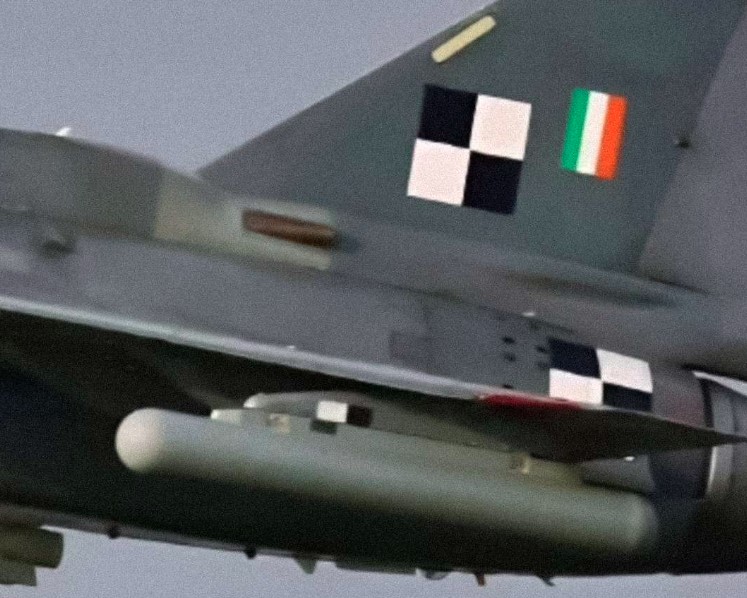
The Light Combat Aircraft Tejas, affectionately known as LCA-Tejas, has taken another stride forward in its journey towards advanced aerial capabilities. Recent sightings of the aircraft reveal it flying with an Advanced Self-Protection Jammer (ASPJ) Pod, signifying a significant enhancement in its defensive capabilities. This state-of-the-art jamming system is built on the foundation of Active Phased Array (APA) technology, bolstered by ultra-wideband Digital Radio Frequency Memory (DRFM).
The incorporation of the ASPJ Pod in the LCA-Tejas marks a pivotal development, as this cutting-edge system serves as a robust defense mechanism against a range of threats. Ground-based acquisition radars, fire control radars, anti-aircraft artillery, and airborne multimode radars pose formidable challenges during combat missions. The ASPJ Pod, with its sophisticated technology, ensures that the aircraft can counteract and thwart these threats effectively.
Continue readingSOURCE: RAUNAK KUNDE / NEWS BEAT / IDRW.ORG
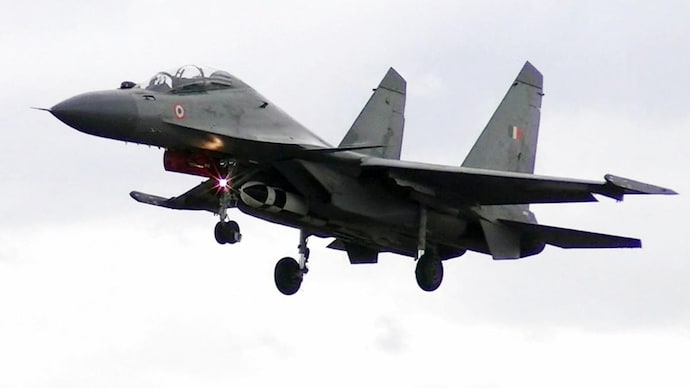
Indian Ministry of Defense’s (MoD) Collegiate Committee has granted Approval in principle (AIP) for the indigenous development of the Air-Launched Range Land Attack Cruise Missile (LRLACM) for the Indian Air Force to be used from Fighter jets.
The LRLACM is a homegrown, subsonic missile that is being developed to cater to the requirements of the Indian Army, Indian Air Force, and Indian Navy. Spearheading this ambitious project is the Aeronautical Development Establishment (ADE), a Bengaluru-based DRDO lab known for its contributions to advanced aerospace technologies.
Continue readingSOURCE: RAUNAK KUNDE / NEWS BEAT / IDRW.ORG
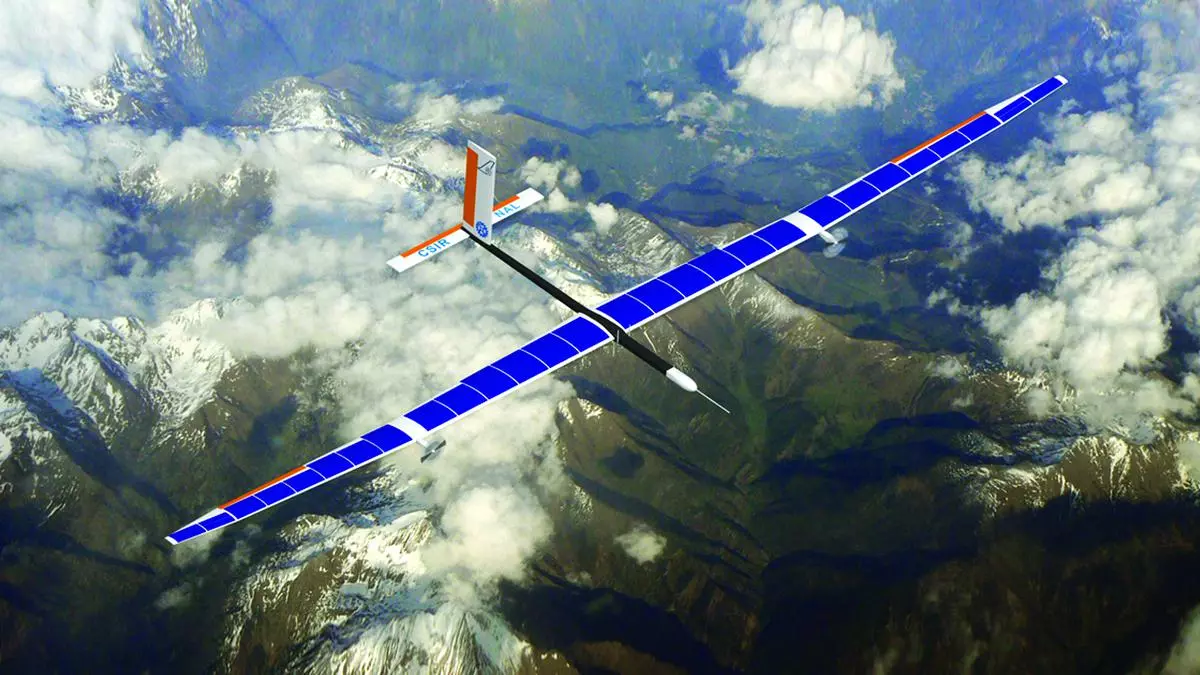
The Indian Ministry of Defence (MoD) has marked a significant step towards bolstering its military capabilities with the Approval In-Principle (AIP) granted for the indigenous development of high-altitude platforms (HAPs). These cutting-edge platforms, designed for border surveillance, have the potential to revolutionize military reconnaissance and surveillance efforts, enhancing national security.
HAPs often likened to drones but with a distinct advantage, are engineered to operate at altitudes ranging from 18 to 20 kilometers above the Earth’s surface. This altitude advantage sets them apart from conventional drones, enabling them to survey vast areas and provide critical data for strategic decision-making. While satellites orbit at much greater altitudes using gravitational forces, HAPs are deployed at a lower altitude, granting them greater manoeuvrability and responsiveness.
Continue readingSOURCE: RAUNAK KUNDE / NEWS BEAT / IDRW.ORG
India’s naval prowess continues to evolve as it inches closer to testing the second generation of its Arihant-class submarines. The S4, an eagerly anticipated addition to this class, is set to showcase enhanced capabilities with a 1000-tonne increase in displacement compared to its predecessor.
The S4, the third submarine in this class, achieved a significant milestone when it was quietly launched at Visakhapatnam in late November of the previous year. Satellite imagery has confirmed that the submarine is now out of the dry dock and positioned in the wet dock, marking a pivotal step toward its operational readiness.
Continue readingSOURCE: IDRW.ORG TEAM

India’s pursuit of self-reliance in defense manufacturing has taken a significant leap forward with the Indian Air Force (IAF) considering the procurement of an additional 100 Tejas Mk1A fighter jets, supplementing the existing order of 83 aircraft. This decision not only bolsters the nation’s defense capabilities but also paves the way for a substantial increase in the indigenous content of these advanced aircraft.
Hindustan Aeronautics Limited (HAL), the state-owned aerospace and defense company, is set to play a pivotal role in boosting the indigenous content of the Tejas Mk1A fighter jets. Presently, the indigenous content stands at an impressive 65 percent. However, with the heightened emphasis on indigenous manufacturing, HAL is poised to elevate this percentage to well over 75 percent in the forthcoming years.
Continue readingSOURCE: IDRW.ORG TEAM

In a significant step toward enhancing maritime cooperation, Javier Paulinich, the Ambassador of Peru, paid a visit to the Indian state-owned shipyard, Mazagon Dock Shipbuilders Limited (MDL). The visit aimed to explore potential collaborations and leverage MDL’s export capabilities to bolster Peru’s naval ambitions.
During the visit, a comprehensive presentation highlighting MDL’s prowess in shipbuilding and export capabilities was showcased to Ambassador Paulinich. The presentation provided insights into MDL’s expertise in ship design, construction, and state-of-the-art facilities. This was followed by a productive discussion between the ambassador and MDL’s management team, where avenues for collaboration and partnership were explored.
Continue readingSOURCE: RAUNAK KUNDE / NEWS BEAT / IDRW.ORG
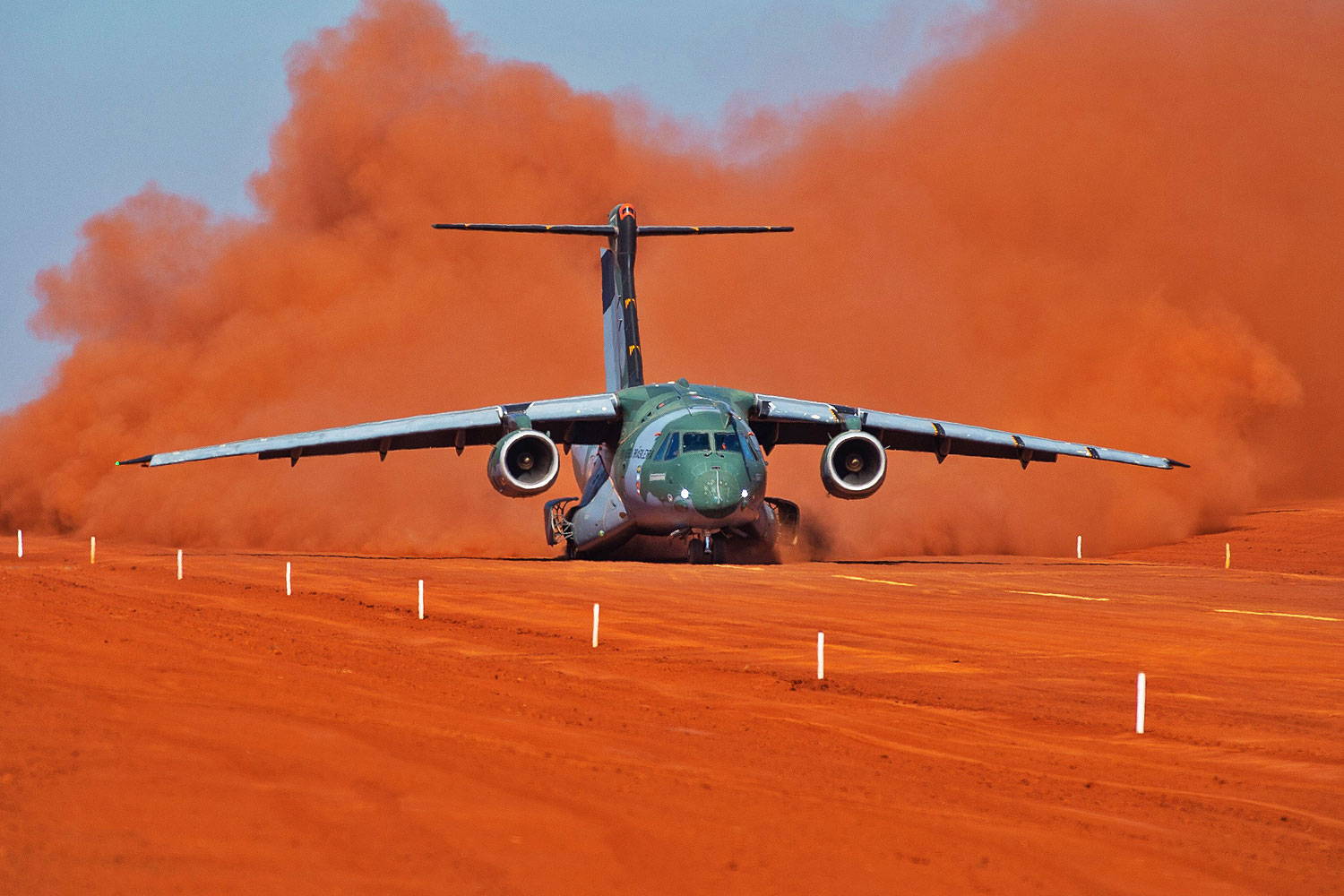
Francisco Gomes Neto, President & CEO of Embraer, recently highlighted the company’s eagerness to showcase the exceptional capabilities of the C-390 Millennium aircraft in the challenging conditions of India’s high-altitude regions. In a recent media interview, Neto expressed Embraer’s readiness to demonstrate the ruggedness and efficiency of the C-390 Millennium on short or unpaved runways at significant altitudes, at the request of the Indian Air Force (IAF).
The C-390 Millennium, a state-of-the-art transport aircraft, has achieved a significant milestone by attaining Full Operational Capability (FOC) with the Brazilian Air Force in April 2023. Neto emphasized the aircraft’s remarkable versatility, which spans a wide range of operations including air-to-air refuelling, medical evacuation, troop and cargo transport, firefighting, and more.
Continue readingSOURCE: RAUNAK KUNDE / NEWS BEAT / IDRW.ORG

In a significant stride towards bolstering coastal surveillance and maritime security, the Indian Navy is set to equip sixteen Shallow Crafts with the advanced Hull-mounted Sonar ABHAY. Developed by the Naval Physical and Oceanographic Laboratory (NPOL), ABHAY is poised to enhance the capabilities of these vessels, promising a new level of effectiveness in coastal patrolling and sub-surface surveillance.
The Garden Reach Shipbuilders & Engineers Ltd (GRSE) in Kolkata and the Cochin Shipyard Limited (CSL) in Kochi are at the helm of this vital project.
Continue readingSOURCE: RAUNAK KUNDE / NEWS BEAT / IDRW.ORG

India’s Defense Research and Development Organisation (DRDO) has been making significant strides in the development of radar technology, turning its radars into sought-after assets by countries worldwide. The organization’s efforts have not only bolstered India’s self-reliance but have also positioned it as a key player in the international defence market.
BK Das, a distinguished scientist and Director of General Electronics and Communication Systems at DRDO, recently highlighted the organization’s remarkable achievement. He emphasized that DRDO-developed radars have become highly desirable for numerous countries that were once importers of such technology. India’s transformation from an importer to an exporter of advanced radar systems has been a testament to the nation’s technological prowess.
Continue readingSOURCE: IDRW.ORG TEAM

Defense Research and Development Organization (DRDO) is poised to conduct crucial tests of the Astra MkII, the country’s second beyond visual range air-to-air missile. As the missile successfully completes carriage and release trials, its imminent full configuration test marks a significant milestone in India’s journey toward advanced air defense capabilities.
The Astra MkII project represents the DRDO’s relentless pursuit of cutting-edge technology to bolster the nation’s air defense systems. One of the key achievements in this project is the successful testing of the Dual-Pulse Rocket motor, a propulsion technology derived from the Indo-Israeli MR-SAM Air Defense program. This advancement equips the Astra MkII with enhanced speed, agility, and effectiveness.
Continue readingSOURCE: IDRW.ORG TEAM
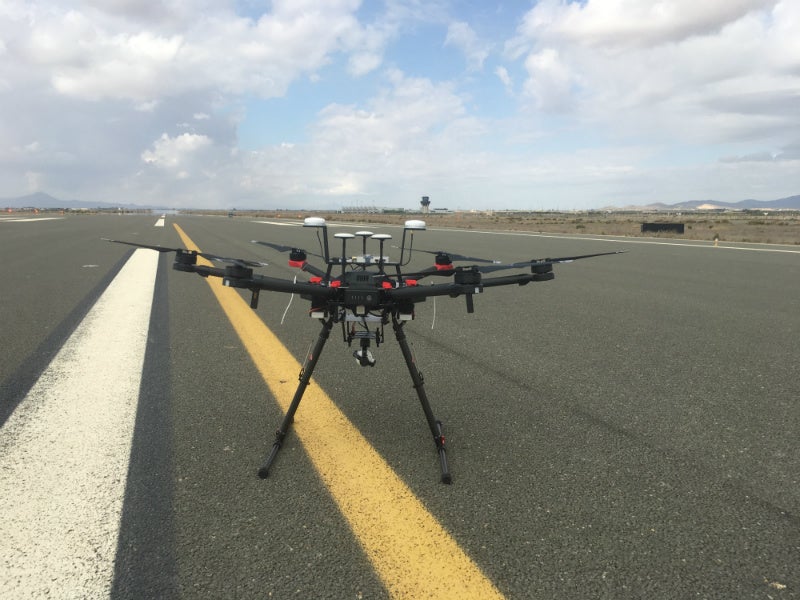
The Indian Air Force (IAF) is poised to embrace cutting-edge technology to enhance runway safety and operational efficiency. With a focus on mitigating the risks posed by Foreign Object Debris (FOD) on runways, the IAF is actively exploring the development and procurement of AI-powered drones that can not only scan runways for FODs but also safely remove them. This innovative approach aims to streamline runway inspection processes, reduce downtime, and safeguard aircraft during take-offs and landings.
FODs, which encompass foreign objects or debris that may be accidentally left on runways or taxiways, pose a significant hazard to aircraft. These objects, ranging from small metal fragments to larger items, can potentially cause serious damage to aircraft engines or other critical components during take-off or landing. Manual inspection and removal of FODs are time-consuming tasks that can disrupt operational schedules and compromise safety. In response, the IAF is exploring AI-driven solutions to revolutionize runway management.
Continue readingSOURCE: RAUNAK KUNDE / NEWS BEAT / IDRW.ORG

The Defense Research and Development Organisation (DRDO) of India is on the cusp of a significant milestone as it prepares to conduct final user and developmental trials of its Indigenous Anti-Radiation Missile, Rudram, later this year.
Rudram, a missile that has undergone meticulous development and refinement, is at the forefront of DRDO’s mission to achieve self-reliance in defence technology. This upcoming round of trials aims to validate and fine-tune the missile’s performance, ensuring it meets the highest standards of efficiency and effectiveness.
Continue readingSOURCE: RAUNAK KUNDE / NEWS BEAT / IDRW.ORG
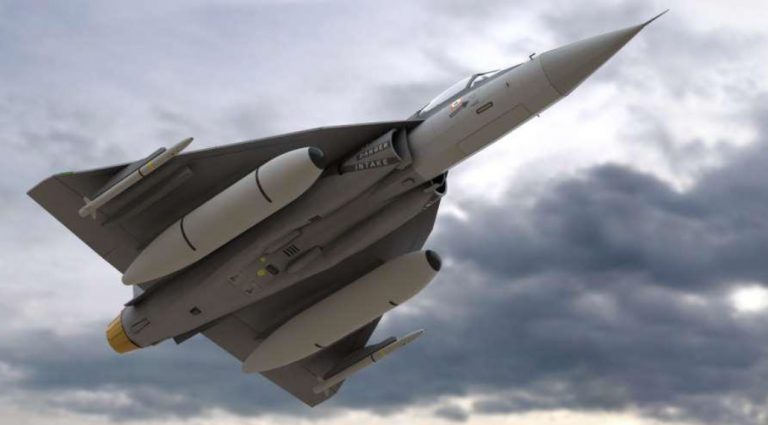
Following the successful test firing of the Astra Mk1 Beyond Visual Range Air-to-Air Missile (BVR AAM) from the LCA-Tejas, HAL and the IAF are poised to add another formidable weapon to the fighter jet’s arsenal. The ASRAAM, developed by the European missile-maker MBDA, is renowned for its Within Visual Range (WVR) air dominance capabilities and boasts an impressive range of over 25 kilometers.
HAL’s ongoing discussions with MBDA are focused on not only integrating the ASRAAM missile on the LCA-Tejas but also exploring its potential fitment on the Sukhoi Su-30MKI, another cornerstone of India’s air power. This collaborative effort is a testament to India’s drive to harness the expertise of global defense technology leaders to strengthen its own defense capabilities.
Continue readingSOURCE: RAUNAK KUNDE / NEWS BEAT / IDRW.ORG

In a significant development aimed at enhancing the capabilities of the Indian Army, Bharat Earth Movers Ltd. (BEML), a leading Defence Public Sector Undertaking (PSU), has clinched a substantial order worth 385 crore from Bharat Electronics (BEL) and Bharat Dynamics (BDL). The order encompasses the supply of high-mobility vehicles designed specifically for deployment as Command Post Vehicles, a crucial component of modern battlefield communication and coordination.
BEML, known for its expertise in manufacturing and supplying top-notch defence equipment, has successfully secured the order to provide high-mobility vehicles that will serve as advanced Command Post Vehicles.
Continue reading